Non-Combustible External Walls – Solutions for new buildings and rectification
There is an increasing awareness that walls built prior to NCC 2019 are exhibiting moisture problems related to condensation. Furthermore, the thermal performance of many buildings is not meeting consumer expectations or the modelling used to design them. This is unsurprising, as earlier versions of the NCC have not fully accounted for thermal bridging or addressed condensation risk, other than in non-mandatory guidance.
As problem walls are being deconstructed, the extent and seriousness of condensation issues has become increasingly apparent. As these walls are being rectified, typically with the use of vapour open non-combustible insulation, the challenges in addressing both condensation management and thermal bridging are significant. There is no excuse for replacing walls that previously presented a risk to life from a fire event, with walls that present an ongoing risk to the health of occupants from mould.
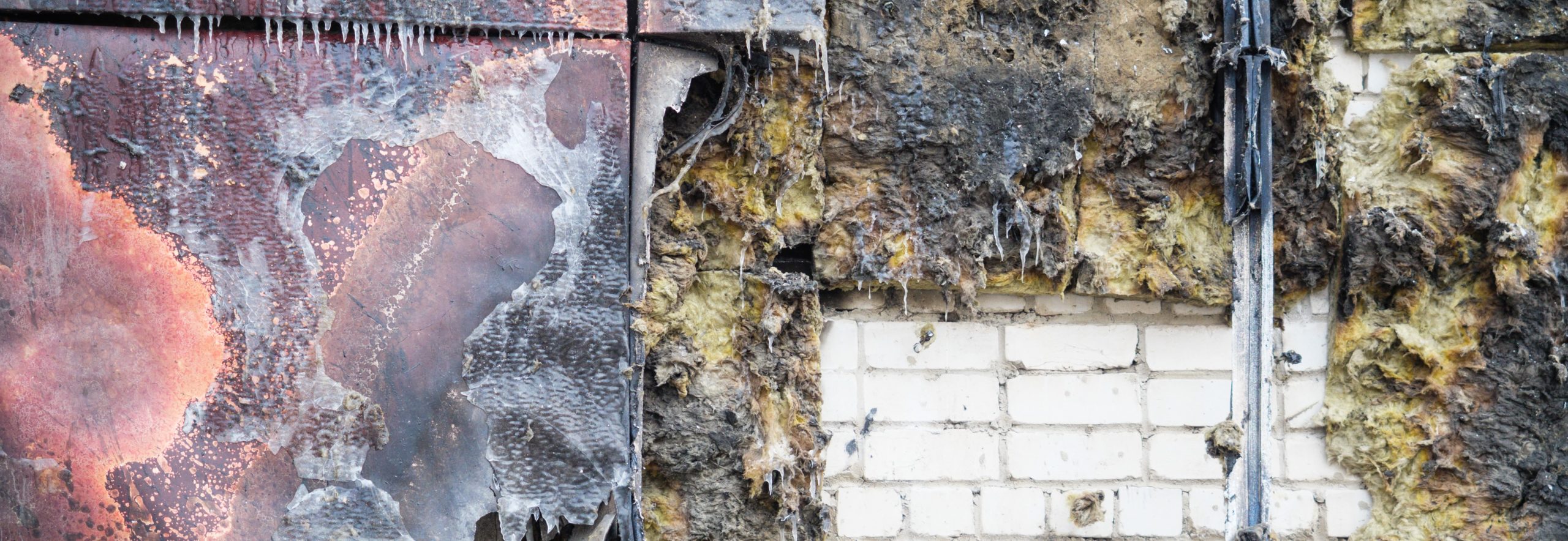
To improve the energy efficiency of Australia’s built environment and thermal comfort for occupants, the NCC 2019 introduced a significant and welcome update to Section J and includes references to the updated insulation standards. Key updates relate to the declaration of aged performance of insulation materials, a more realistic treatment of reflective air spaces when cavities are ventilated, and an R-value calculation methodology that requires increased consideration of the thermal bridging of building elements. The implications are that insulation with higher total R-values will be needed, as will solutions requiring thermal breaks and continuous external insulation.
During the rectification of non-compliant walls, combustible reflective and foam insulation materials with low thermal conductivity will need to be replaced with non-combustible stonewool insulation of comparatively higher conductivity. Thermal bridging also needs to be much better addressed. There is no escaping that space limitations will pose new challenges.
Download Solutions Guide
DCTech and Proctor Group Australia have advocated for more robust construction of buildings since the 1990s, highlighting the need for condensation management, continuous external insulation, air-tightness and long-term R-values.
The following solutions have been designed to meet the NCC 2019 deemed to satisfy requirements for non-combustible construction as required for type A and type B wall constructions. Each system is suitable for particular situations, structures, and climates and should be read in conjunction with relevant design in our comprehensive system solutions technical library.



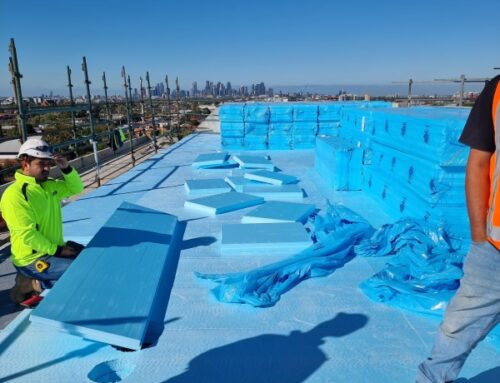
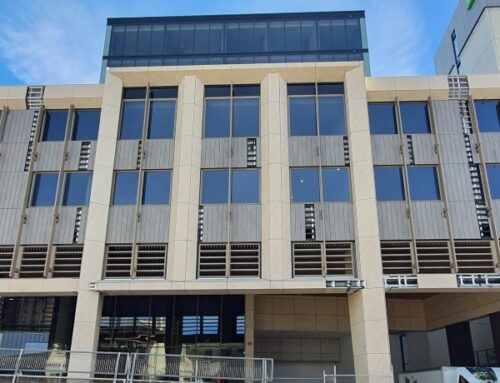

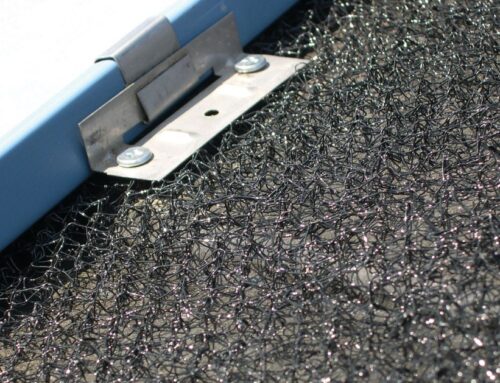
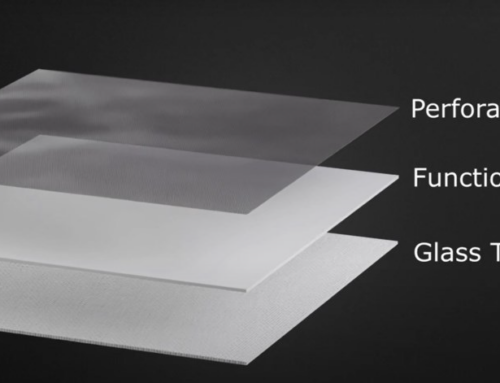
Leave A Comment
You must be logged in to post a comment.